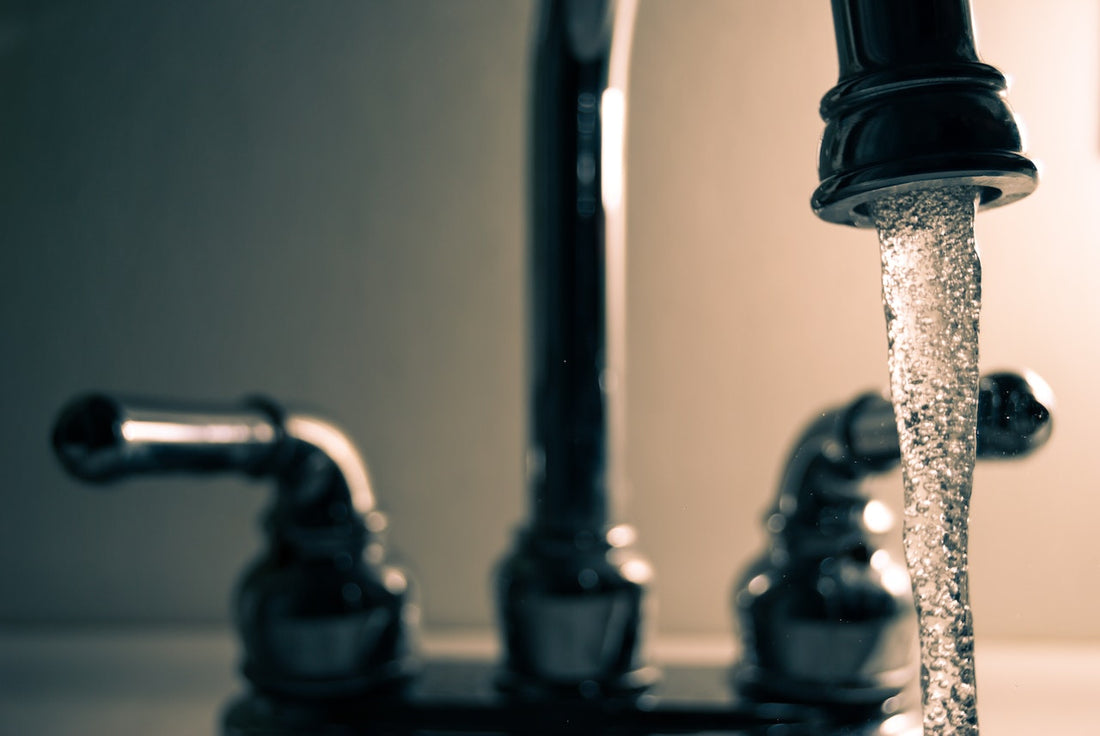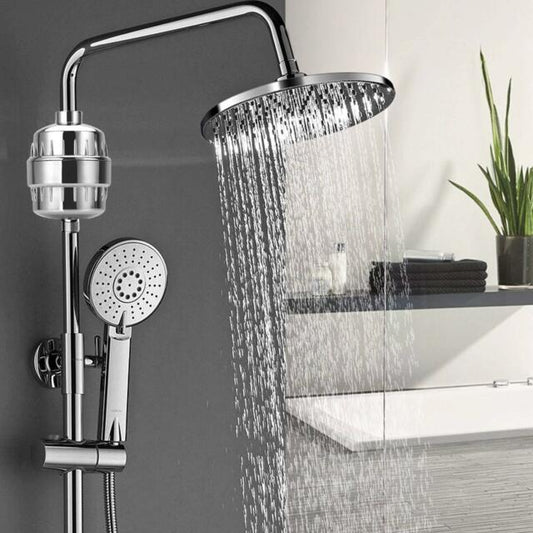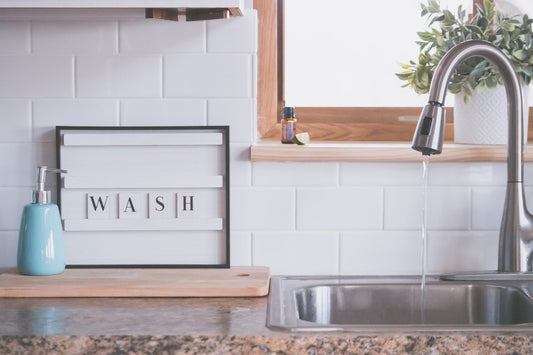When it comes to water filtration systems, reverse osmosis (RO) has gained significant popularity. It is known for its ability to remove a wide range of contaminants, providing clean and purified drinking water. However, like any water filtration system, reverse osmosis has its own set of pros and cons. In this blog post, we will explore the advantages and disadvantages of reverse osmosis systems to help you make an informed decision about whether it is the right choice for your home.
Understanding Reverse Osmosis
Reverse osmosis is a water filtration process that uses a semi-permeable membrane to remove impurities and contaminants from water. It works by applying pressure to the water, forcing it through the membrane while leaving behind dissolved solids, contaminants, and larger particles. The result is purified water that is free from a wide range of impurities, including bacteria, viruses, heavy metals, minerals, and chemicals.
Pros of Reverse Osmosis Systems
A. Effective Contaminant Removal: One of the primary benefits of reverse osmosis systems is their exceptional contaminant removal capabilities. The semi-permeable membrane used in the process can effectively remove a wide range of impurities, including chlorine, fluoride, lead, arsenic, nitrates, sulfates, pesticides, and more. This ensures that you have access to clean and safe drinking water.
Improved Taste and Odor: The removal of impurities, such as chlorine and other chemicals, significantly enhances the taste and odor of the water. Many people find that reverse osmosis water tastes fresher, cleaner, and more enjoyable compared to untreated tap water or other filtration methods.
Versatility: Reverse osmosis systems can be installed as point-of-use (POU) systems or as whole-house systems, depending on your specific needs. POU systems are typically installed under the sink in the kitchen, providing purified water for drinking and cooking. Whole-house systems, on the other hand, treat water for the entire household, ensuring clean water throughout all faucets and appliances.
Space Efficiency: Reverse osmosis systems are compact and do not require significant space for installation. Under-sink models can fit neatly under the kitchen sink, utilizing unused space without disrupting the aesthetics of your kitchen.
Lower Energy Consumption: Reverse osmosis systems generally consume less energy compared to other water filtration methods, such as distillation or some activated carbon filters. This energy efficiency contributes to lower operating costs and a reduced environmental impact.
Easy Maintenance: Maintaining a reverse osmosis system is relatively straightforward. Regular maintenance involves changing the filters periodically, typically every six to twelve months, depending on water quality and usage. The filter replacement process is usually simple and can be done by following the manufacturer's instructions.
Cons of Reverse Osmosis Systems
Water Wastage: One significant drawback of reverse osmosis systems is water wastage. During the filtration process, a certain amount of water is rejected and flushed away as wastewater. This can result in a significant water loss, especially in areas with water scarcity. However, some modern reverse osmosis systems incorporate water-saving features, such as permeate pumps or waste-reducing technology, to minimize water wastage.
Slow Filtration Rate: Reverse osmosis systems can have a relatively slow filtration rate compared to other filtration methods. The process requires time for water to pass through the semi-permeable membrane, resulting in a slower flow rate. This can be inconvenient, particularly when filling larger containers or when multiple users require filtered water simultaneously. However, some systems may have built-in storage tanks to compensate for the slower flow rate.
Removal of Beneficial Minerals: While reverse osmosis effectively removes harmful contaminants, it also removes beneficial minerals from the water. These minerals, such as calcium and magnesium, are important for human health and contribute to the taste and quality of water. Some argue that the loss of these minerals may result in demineralized water, which is less beneficial for overall health. However, it's worth noting that the contribution of minerals from drinking water to overall mineral intake is generally minimal, and a balanced diet can compensate for any potential loss.
Initial Investment and Maintenance Costs: Reverse osmosis systems often have a higher upfront cost compared to other water filtration methods. The complexity of the system and the quality of the components contribute to the initial investment. Additionally, regular filter replacements add to the maintenance costs over time. However, it's important to consider the long-term benefits, such as improved water quality and reduced reliance on bottled water, when evaluating the cost-effectiveness of the system.
Reduced Water pH: Reverse osmosis systems tend to produce slightly acidic water due to the removal of alkaline minerals. While this may not be a significant concern for most people, individuals with specific dietary or health requirements may prefer water with a higher pH level. pH-neutralization filters or remineralization cartridges can be added to the system to address this issue if desired.
Is a Reverse Osmosis System Right for You?
Deciding whether to invest in a reverse osmosis system depends on your specific needs and priorities. If you have concerns about specific contaminants in your water, prioritize taste and odor improvement, or desire a versatile and compact filtration solution, a reverse osmosis system may be a suitable choice. However, if you have access to high-quality water with minimal impurities, prefer to retain beneficial minerals, or prioritize water conservation, alternative filtration methods may better suit your needs. Consider factors such as water quality, budget, space availability, and your personal preferences when making this decision.
Reverse osmosis systems offer effective contaminant removal, improved taste, and versatile installation options. However, they come with drawbacks such as water wastage, slower filtration rate, removal of beneficial minerals, and higher initial and maintenance costs. Assess your water quality concerns, space availability, and budget to determine if a reverse osmosis system aligns with your needs and priorities. Remember to weigh the pros and cons discussed in this article and consider alternative filtration methods before making a decision.






